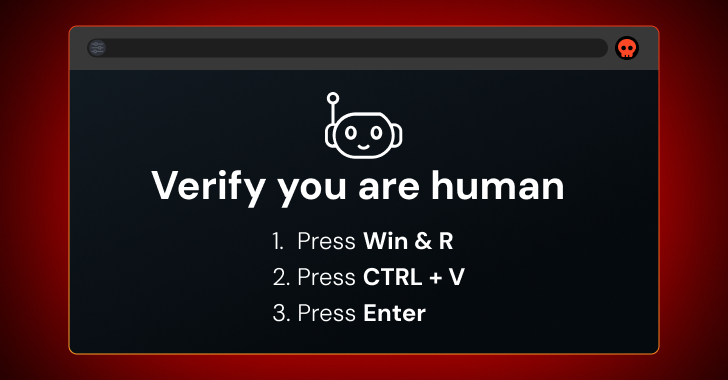A newly identified Android banking trojan, named Crocodilus, has emerged as a significant threat to mobile users, particularly in Spain and Turkey. This sophisticated malware possesses advanced capabilities that allow cybercriminals to take full control of infected devices, execute overlay attacks, perform keylogging, and harvest sensitive data.
Infection Mechanism and Evasion Tactics
Crocodilus is disseminated through a proprietary dropper designed to circumvent security measures introduced in Android 13 and subsequent versions. Upon installation, the malware requests access to the device’s Accessibility Services. Granting these permissions enables the trojan to manipulate the device extensively, including intercepting user inputs and displaying deceptive overlays.
Operational Dynamics
Once the necessary permissions are secured, Crocodilus establishes a connection with its command-and-control (C&C) server. This server provides directives regarding which applications to target and the specific overlays to deploy. The trojan operates persistently in the background, monitoring active applications and presenting counterfeit screens to deceive users into divulging their credentials.
Keylogging and Data Exfiltration
Crocodilus employs keylogging by monitoring all accessibility events, capturing every text input made by the user. This method allows the malware to record sensitive information, including login credentials and personal messages. Notably, when the Google Authenticator app is in use, Crocodilus enumerates all displayed elements, captures the one-time passcodes (OTPs), and transmits them to the C&C server. This capability enables attackers to bypass two-factor authentication mechanisms effectively.
Remote Control Capabilities
Beyond data theft, Crocodilus provides cybercriminals with remote access to the infected device. This feature allows attackers to utilize stolen credentials and other harvested information to perform unauthorized transactions and other malicious activities directly from the victim’s device.
Comparative Analysis with Other Android Banking Trojans
Crocodilus is part of a growing trend of sophisticated Android banking trojans. For instance, the Godfather trojan has been observed targeting over 400 banking and cryptocurrency applications across 16 countries. Godfather utilizes web overlays to steal login credentials and bypass two-factor authentication, similar to Crocodilus. Additionally, it can record the device’s screen, create virtual network computing (VNC) connections, and exfiltrate SMS messages. Another example is the Antidot trojan, which disguises itself as a Google Play update to deceive users into installation. Antidot also requests Accessibility Services permissions to gain control over the device and perform malicious activities.
Mitigation Strategies
To protect against threats like Crocodilus, users should exercise caution when downloading applications, especially from third-party sources. Regularly updating the device’s operating system and applications can help patch vulnerabilities that malware might exploit. It’s also advisable to scrutinize permission requests from applications; granting extensive permissions, particularly Accessibility Services, should be approached with caution. Employing reputable mobile security solutions can provide an additional layer of defense by detecting and preventing malware infections.
Conclusion
The emergence of Crocodilus underscores the evolving sophistication of Android banking trojans. With capabilities that extend beyond traditional data theft to full device control, these threats pose significant risks to users’ financial and personal information. Staying informed about such threats and adopting proactive security measures are essential steps in safeguarding against these malicious actors.



